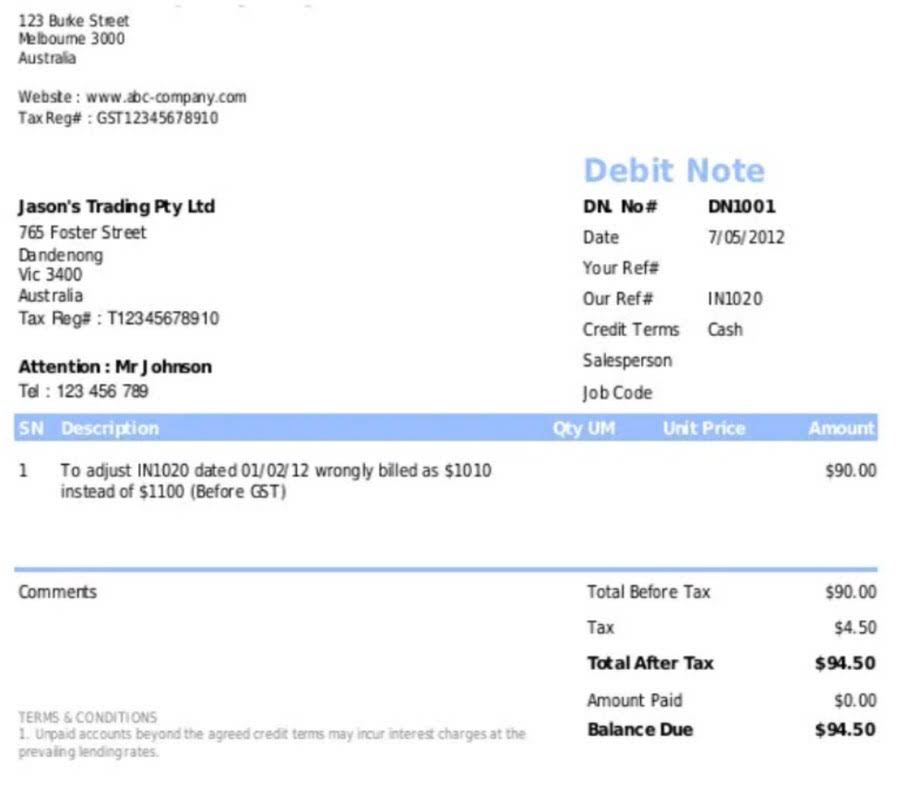Other long-term liabilities financial definition of Other long-term liabilities
April 6, 2021Content

However, when the annual amounts are materially different, generally accepted accounting principles require use of the effective-interest method. A corporation, per its bylaws, usually requires approval by the board of directors and the stockholders before bonds or notes can be issued. The same holds true for other types of long-term debt arrangements. Apart from that, there could be other short-term obligations that are to be payable within one year.
What are the 4 types of liabilities?
- Accounts payable.
- Interest payable.
- Income taxes payable.
- Bills payable.
- Bank account overdrafts.
- Accrued expenses.
- Short-term loans.
Companies should describe these features in the body of the financial statements or the notes if important for a complete understanding of the financial position and the results of operations. Bonds payable represent the later scenario i.e. financial obligations of a company which have a specified return and repayment date. Not all bonds payable or https://www.bookstime.com/ bank loans payable are long-term in nature. Bond and loan repayments that are due within a year are classified as current liabilities and the rest are reported as long-term. This helps investors and creditors see how the company is financed. Current obligations are much more risky than non-current debts because they will need to be paid sooner.
Why Creditors Are Interested in the Total Assets of a Company
Disclosure of amounts and terms of unused lines of credit for short-term borrowings arrangements and unused commitments for long-term financing arrangements. The ratio of debt to equity is simply known as the debt-to-equity ratio, or D/E ratio. The practice long term liabilities examples exams are more difficult than the exam which makes taking the exam much easier. I give all of the credit to Solomon for my 100% pass rate so far. Matt has more than 10 years of financial experience and more than 20 years of journalism experience.

Bill talks with a bank and gets a loan to add an addition onto his building. Later in the season, Bill needs extra funding to purchase the next season’s inventory. Deferred Tax LiabilityDeferred tax liabilities arise to the company due to the timing difference between the accrual of the tax and the date when the company pays the taxes to the tax authorities.
Long‐Term Liabilities Defined
Discount on Bonds Payable will decrease by the same amount until it has zero balance at the maturity date of the bonds. If the bonds sell for more than face value, they sell at a premium. Commodity-backed bonds (also called asset-linked bonds) are redeemable in measures of a commodity, such as barrels of oil, tons of coal, or ounces of rare metal. Collateral trust bonds are secured by stocks and bonds of other corporations. Below we define some of the more common types of bonds found in practice. Liability is a type of borrowing that creates an obligation of repayment to the other party involved. It is an outcome of past events or transactions and results in the outflow of resources.
- Illustration below shows the time diagram depicting both cash flows.
- The variable-rate loan is linked to a benchmark rate like the London Interbank Offered Rate .
- Any long term liabilities should be able to be covered by revenue generated over time by assets.
- Eight years after the issue date, General Bell calls the entire issue at 101 and cancels it.
- The long-term portion of a bond payable is reported as a long-term liability.
Plus, high long-term liabilities can scare off investors and new creditors. Long-term liabilities are obligations that will come due after a year.
Understanding Long-Term Liabilities
Long-Term Liabilitiesmeans the liabilities of Borrower on a Consolidated basis other than Current Liabilities and deferred taxes. Any of these liabilities which are not paid within the next 12 months are long-term debt. Although, it is necessary for the long-term investment to have enough funds to pay for the debt. Long-term liabilities are liabilities that are not due within a year or within the normal operating cycle of the business.
What are 3 types of long-term liabilities?
Long-term loans. Bonds payable. Post-retirement healthcare liabilities. Pension liabilities.
Alternatively, the issuing company may sell the bonds directly to a large institution, financial or otherwise, without the aid of an underwriter . Pension payable liability arises when a company has a defined benefit plan. It is the present value of the amount the company shall pay the employees in future as compensation for their employment to date. In evaluating solvency, leverage ratios focus on the balance sheet and measure the amount of debt financing relative to equity financing. Long-Term Liabilitiesmeans Benefoot’s long term debt , capitalized lease obligations , and deposits payable, each as identified on Schedule 1.
Short-Term Loans
Long-term debt may be either secured i.e., backed by collateral or unsecured.
- For example, assume that Scenic Development Company sells land having a cash sale price of $200,000 to Health Spa, Inc.
- Wunderlich cannot readily determine the fair value of the architectural services, nor is the note readily marketable.
- A “junk bond” is unsecured and also very risky, and therefore pays a high interest rate.
- Short-term loans are debts that must be repaid within one year, including business lines of credit that are due within the next 12 months.
- A large liability in the category of dividends payable reflects upon the good profitability of the firm.
On the other hand, the mortgage for the property is a liability in your books. Typically, short-term liabilities are known as current liabilities. Information on the governmental funds is typically used to liquidate long-term liabilities in prior years.
Deferred compensation
However, since the government has not yet paid the money back to the business, it is recorded as a liability. These are bonds the government still needs to repay the business. The pension liability is further detailed in the notes section . The employer sets aside funds for this purpose by investing in the pension plan/trust, generally referred to as plan assets. The present value of the pension obligation is referred to as the Projected Benefit Obligation . Long-term LiabilitiesLong Term Liabilities, also known as Non-Current Liabilities, refer to a Company’s financial obligations that are due for over a year . Your business grows and you weigh the pros and cons of leasing vs. buying commercial property.
In this case, the company prorates the premium by the appropriate number of months, to arrive at the proper interest expense, as follows. REGISTERED AND BEARER BONDS. Bonds issued in the name of the owner are registered bonds and require surrender of the certificate and issuance of a new certificate to complete a sale. A bearer or coupon bond, however, is not recorded in the name of the owner and may be transferred from one owner to another by mere delivery. If bonds are convertible into other securities of the corporation for a specified time after issuance, they are convertible bonds. A “junk bond” is unsecured and also very risky, and therefore pays a high interest rate.
